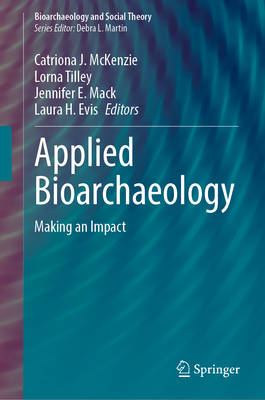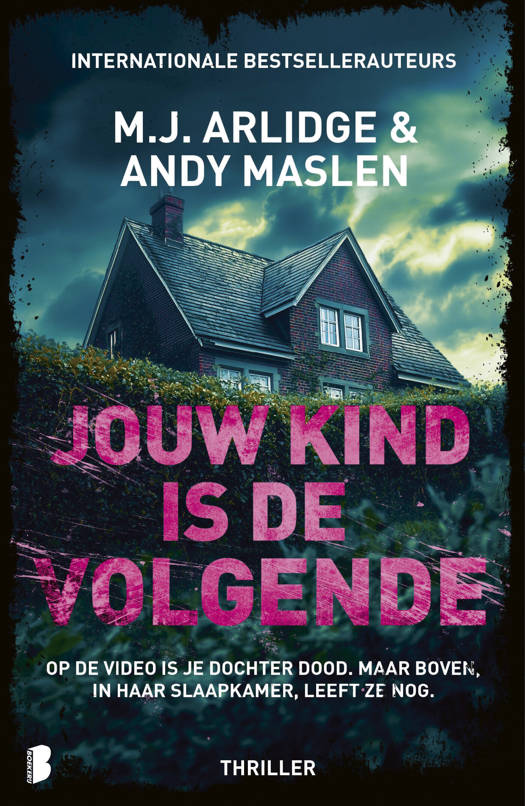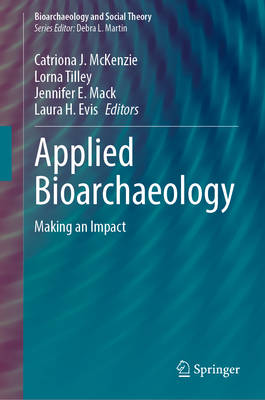
- Afhalen na 1 uur in een winkel met voorraad
- Gratis thuislevering in België vanaf € 30
- Ruim aanbod met 7 miljoen producten
- Afhalen na 1 uur in een winkel met voorraad
- Gratis thuislevering in België vanaf € 30
- Ruim aanbod met 7 miljoen producten
Zoeken
€ 244,45
+ 488 punten
Omschrijving
This is the first book to address theory and practice in Applied Bioarchaeology--a term used to describe bioarchaeological research which addresses matters of relevance today, and which actively engages people in the research process in ways that are respectful and relevant to the studied population, their communities, and their descendants. This book provides examples of best practice; identifies challenges and opportunities for developing the field of Applied Bioarchaeology; and illustrates the role of bioarchaeology in effecting change through advocacy and activism. The book is divided into four parts. The first part, 'Using Past Experience to Inform Modern Behaviour and Health', demonstrates how bioarchaeology has the potential to contribute towards better appreciation of the diverse factors that influence behaviour and health, and how this information can shape, inform, and empower future decision-making, from individuals to wider health policies. The second part, 'Developing Community-Led Research', focuses on developing active community engagement in bioarchaeological research, with chapters arguing for community-led research designed to empower a wide range of peoples that have been marginalized (or even ignored) in traditional archaeological practice. The third part, 'Bioarchaeology and the Arts', illustrates how Applied Bioarchaeology is enhanced by cross-disciplinary teamwork, and how the arts can be used to create safe spaces to explore difficult issues, to aid us in critically reflecting on our practices, to interrogate gaps in knowledge, and to develop new ideas and ways of thinking, learning, and creating knowledge. The final part, 'A Way Forward', is a personal reflection written by Lorna Tilley, which argues the case for developing the field of Applied Bioarchaeology and suggests some possible approaches for achieving this goal.
Specificaties
Betrokkenen
- Uitgeverij:
Inhoud
- Aantal bladzijden:
- 282
- Taal:
- Engels
- Reeks:
Eigenschappen
- Productcode (EAN):
- 9783032046918
- Verschijningsdatum:
- 25/01/2026
- Uitvoering:
- Hardcover
- Formaat:
- Genaaid
- Afmetingen:
- 155 mm x 235 mm

Alleen bij Standaard Boekhandel
+ 488 punten op je klantenkaart van Standaard Boekhandel
Beoordelingen
We publiceren alleen reviews die voldoen aan de voorwaarden voor reviews. Bekijk onze voorwaarden voor reviews.







